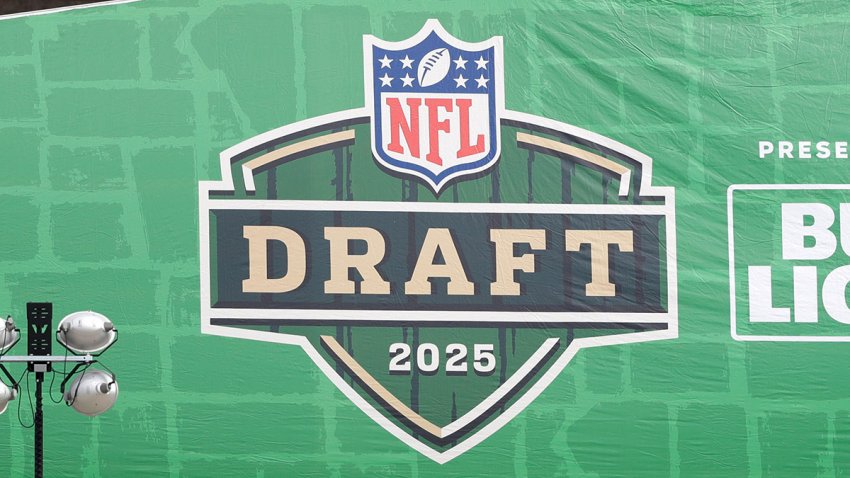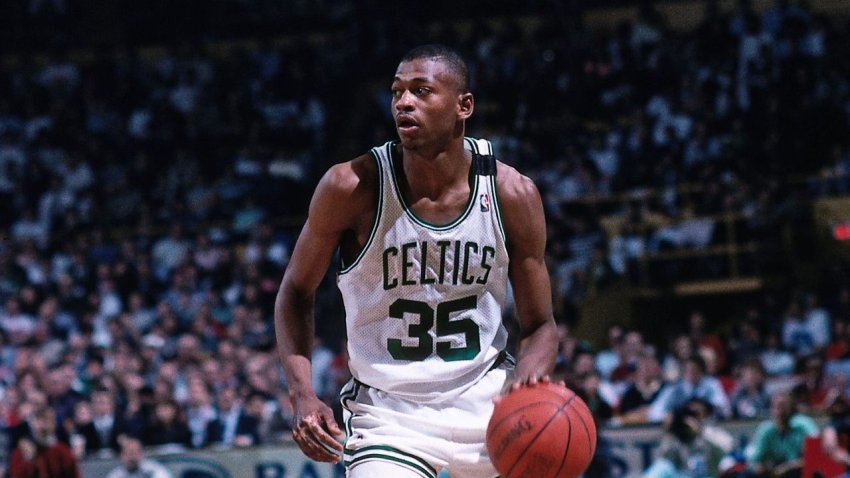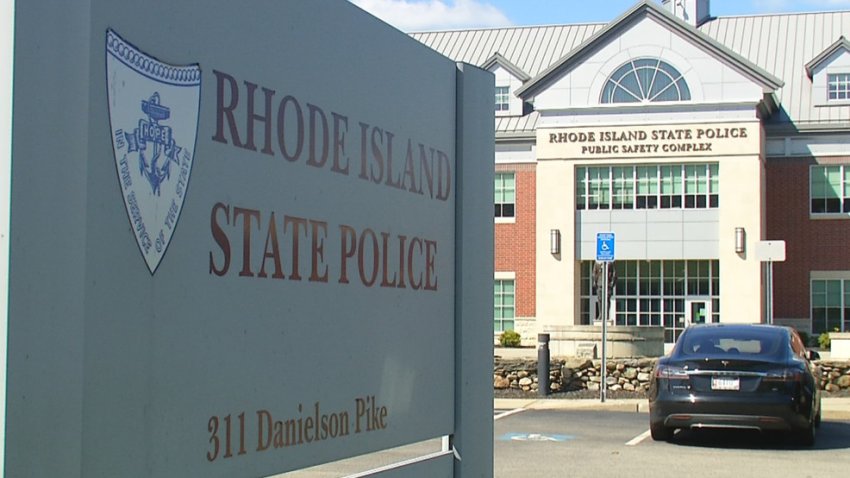

The Latest
-

Did customer funds pay for renovations at contractor's investment property?
The NBC10 Investigators spoke with subcontractors who worked on one business owner’s failed projects to install what are known as accessory dwelling units—or ADUs
-

Palestinian Columbia University student arrested by ICE in Vt., attorneys say
A Palestinian man who led protests against the war in Gaza as a student at Columbia University was arrested Monday at a Vermont immigration office where he expected to be interviewed about finalizing his U.S. citizenship, his attorneys said.
-

Best defensive tackle fits for Patriots in 2025 NFL Draft class
The Patriots could use more reinforcements in the trenches. Phil Perry highlights defensive tackle prospects to watch in the 2025 NFL Draft.
-

How this year's Celtics compared to 2024 championship squad
Can the 2024-25 Celtics match the 2023-24 team’s playoff dominance? Here’s how the two squads compared statistically in their regular seasons.
-

Bill aims to protect reproductive and transgender care in Mass.
Senate Democrats announced a bill Monday morning intended to shield reproductive and transgender care in Massachusetts from out-of-state threats, saying it was part of the response effort to the Trump administration. The bill aims to protect health care professionals and lawyers who represent people who seek reproductive or gender-identity car... -

Tatum joins Larry Bird as only Celtics to accomplish this rare feat
Jayson Tatum continues to put his name into the Celtics’ record books.
-

New takeout-friendly version of Bertucci's opens next week in downtown Boston
[This story first appeared on Boston Restaurant Talk.] Last fall, it was reported that a local chain of Italian restaurants was planning to bring a brand new takeout-friendly concept to Boston, and now we have learned that it is just about ready to debut. According to a press release, Bertucci’s is slated to have its grand opening in the down... -

Harvard won't accept ‘unprecedented' demands; federal task force freezes $2.2B
After Harvard’s president announced it wouldn’t accept Trump administration demands, the Education Dept.’s Joint Task Force to Combat Anti-Semitism’s froze billions in funding.
-

Former ‘Survivor' winner returns home for this weekend's Lex250 parade
When the Lex250 parade kicks off this Saturday, a local survivor will be coming back home. Ethan Zohn, winner of the third season of the reality TV show, philanthropist, soccer player and cancer survivor, will be marching in the parade. His “Survivor” win was just the start for Zohn, a Lexington native. He used the million dollar priz... -

Boston launches its own 250th campaign ahead of Patriots' Day
Boston launches its own 250th campaign ahead of Patriots’ Day
-

Bullet in Haverhill High School bathroom prompts stay-in-place order
A bullet was found in a bathroom at Haverhill High School on Monday, prompting the Massachusetts school to be locked down, officials said.
-

If Patriots traded down to No. 9, what would Saints need to give up?
If the Saints want a quarterback early in the 2025 NFL Draft, they should consider a trade with the Patriots for the No. 4 pick.
-

A 250-year-old debate: Where was the ‘shot heard round the world' fired?
For two centuries, the towns of Lexington and Concord have been locked in a heated debate: where exactly did the “shot heard round the world” originate?









